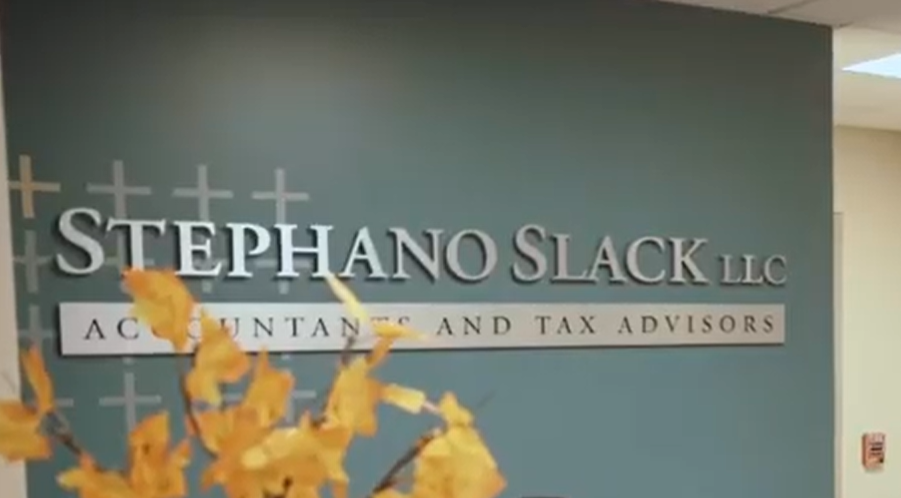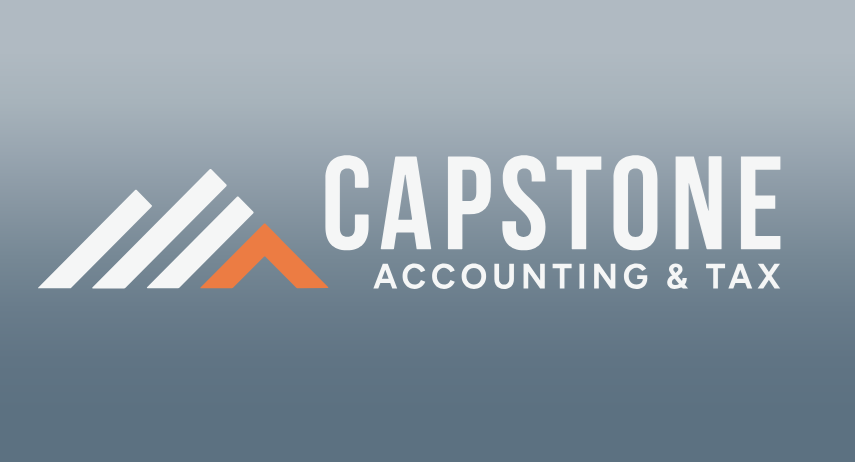Right now, the accounting profession is making the all-important transition in its role from compliance to advisory. Instead of merely helping clients be compliant with existing tax laws, it’s our job to become trusted advisors, if we’re to survive in this increasingly competitive landscape. As a professional accountant who’s been a lifelong supporter of the CPA profession, I would like to share with you a tangible idea for how you can better serve your clients and offer more value starting today.
Cost Segregation
One way you can offer more value to your clients starting today is by providing them cost segregation studies. Cost segregation is an accounting method that recognizes the fact that a building depreciates, or loses value, over time due to everyday wear and tear.
How Cost Segregation Studies Work
Rather than calculating a building’s depreciation via the traditional method of dividing the improved value by 27.5 years or 39 years, a cost segregation study analyzes a property’s distinct components, so owners can depreciate their property over a shorter time period. A study sorts these components into different categories, which are then depreciated at various rates. The accelerated depreciation schedule can reduce taxable income and increase after-tax cash flow substantially.
In a cost segregation analysis, a property’s elements are divided into two categories: real property, which includes permanent and immobile objects, like a building’s foundation, kitchen cabinets, and HVAC units, and personal property, which includes objects like flooring, appliances, decorative fixtures, and exterior improvements, such as landscaping and signage. While real property components depreciate over a period of 27.5 years, personal property components depreciate over shorter periods — five, seven or 15 years, depending on the specific element. By taking stock of a property’s individual assets, cost segregation speeds up depreciation so your clients can deduct more from their taxes.
Timing is Running Out
As we’re talking about the benefits of cost segregation, it’s crucial to note that you advise your clients to hurry to get a study completed. Under the Tax Cuts and Jobs Act (TCJA) of 2017, a 100 percent bonus depreciation rule made it possible for taxpayers to write off all of a building’s personal property (divided into five-, seven-, or 15-year assets) in the year of acquisition. However, that provision will begin to sunset at the end of this year. As it stands, in 2023, an 80 percent bonus depreciation will be allowed for properties acquired in 2023, scaling down to 60 percent in 2024 (for properties acquired in 2024), 40 percent in 2025 (for properties acquired in 2025), 20 percent in 2026 (for properties acquired in 2026), and then zero percent in 2027 and later years for properties acquired in 2027 and afterwards.
It’s important to note that bonus depreciation is applied to a property based on the year it was purchased (although there are some exceptions to this rule), and taxpayers can only no longer claim bonus depreciation retroactively.
Cost Segregation Payoffs
When talking about cost segregation studies, a common question I’m asked is: What’s the overall payoff for my clients? This brings me to my next point: How can a cost segregation study pay off, considering the fee paid to your firm and the tax benefits made available to your clients? If a study costs $7,000 and yields a net present value benefit of $250,000, that represents a 35x return on investment. You don’t have to be an accountant to understand what a wise capital outlay that can be.
Where to Go From Here
Cost segregation studies are complicated. When implementing a cost segregation study, it’s crucial to understand the legal status of cost segregation, the procedure for undertaking a study, property classifications, the right and wrong property for cost segregation, the costliest mistakes in cost segregation, and so much more. I have personally worked with thousands of accounting firms in my lifetime to help them offer their clients cost segregation studies. To learn more about cost segregation studies, consider working with a firm that specializes in providing these studies and that can help you implement them for your clients. Alternatively, there are a lot of online resources and books. I personally have one called The Property Owner’s Guide to Cost Segregation: Learn How Accelerated Depreciation Can Lead To Significant Tax Savings. In conclusion, cost segregation studies are a great way to provide value-added services to your clients that add more to your clients’ pockets today, while also growing your firm’s revenue.
=======
Julio Gonzalez is the CEO of Engineered Tax Services, The Growth Partnership, ABLE: CRM for Accountants, and INSIDE Public Accounting, the founder of Rockerbox, and the developer of the Engineered Tax Services cost segregation app.
Thanks for reading CPA Practice Advisor!
Subscribe Already registered? Log In
Need more information? Read the FAQs
Tags: Benefits




